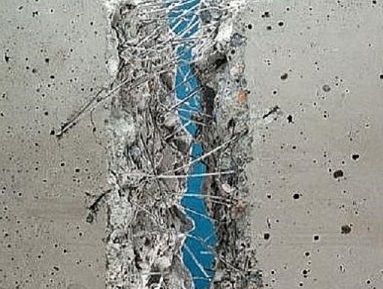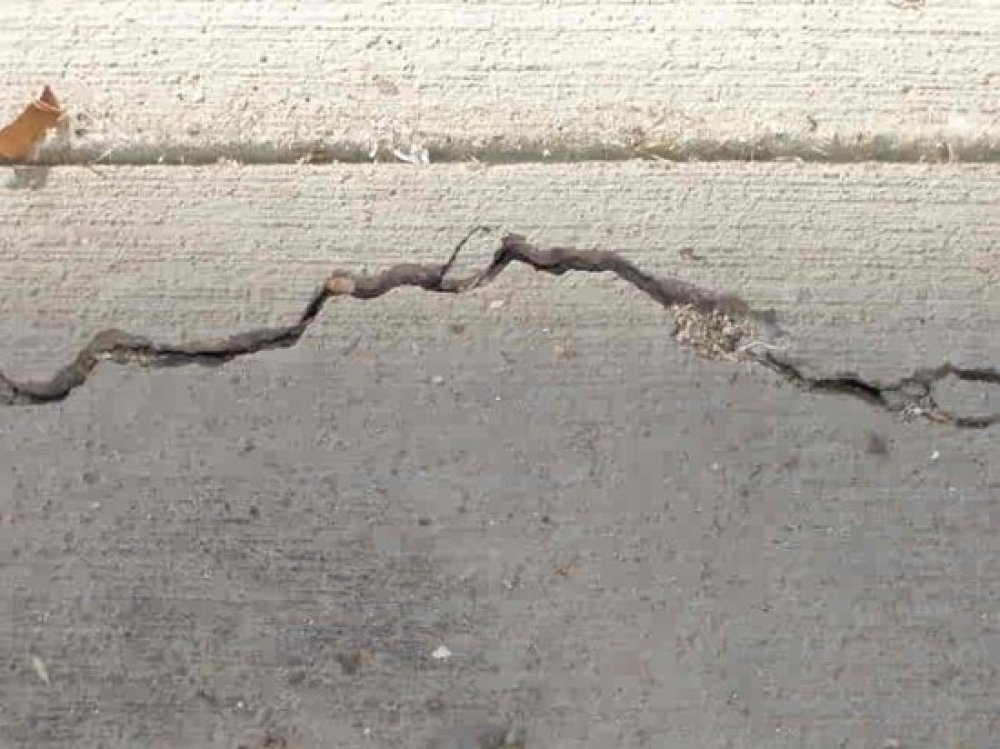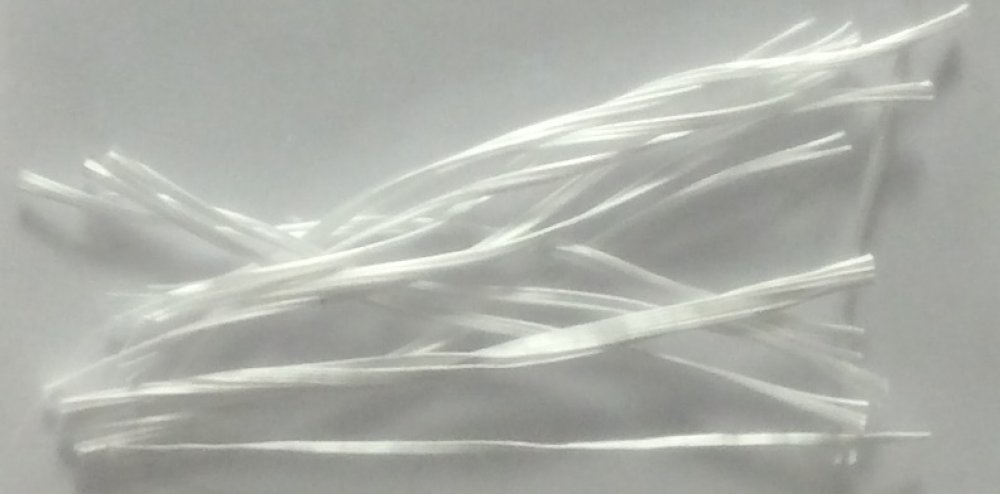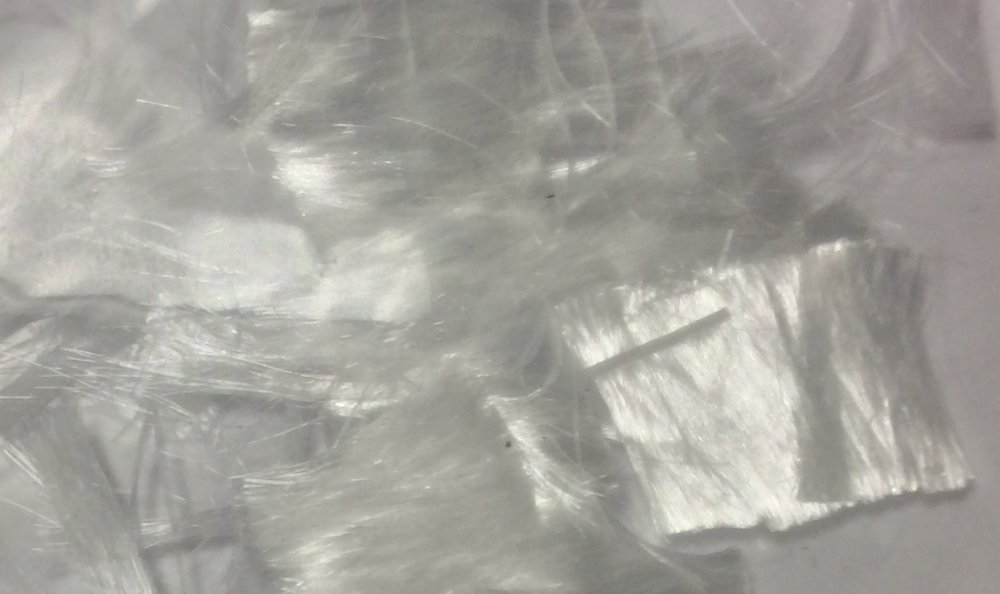THE CONSTRUCTIONIST.

MAR
27
FIBRE-REINFORCED CONCRETE
Concrete is one of the most durable building materials in the world. Certain guidelines must be followed in order to ensure proper handling, placing, finishing and curing of the freshly placed concrete.
One of the major problems that might occur is the cracking of the concrete. It can occur during the plastic state or the hardened state. The solution to this problem is using fibre-reinforced concrete (FRC) which contains fibrous material that increases its structural integrity. It contains short, discrete fibres that are uniformly distributed and randomly oriented. The most commonly used fibre materials are synthetic, steel, glass, and natural fibres. These fibres control cracks from forming in the concrete during both the plastic and hardened state. They increase the tensile strength of the concrete, reduce the air voids and water voids, and increase the overall durability of the concrete.

Synthetic fibres are becoming more popular as opposed to conventional fibres, such as welded wire mesh and rebar. Welded wire mesh causes problems with installation and keeping concrete in place. Oftentimes, it becomes a tripping hazard because it sinks to the bottom of the concrete, and workers trip over it. Alternatively, rebar corrosion reduces the durability of concrete structures.

Synthetic fibres offer a non-corroding, three-dimensional reinforcement, and provide abrasion, fatigue and impact resistance while increasing service life through improved toughness and durability. As a result, the concrete shows reduced cracking and requires less maintenance; the tripping hazard is eliminated; and the project time and cost savings are guaranteed.
If you have any questions, please call 416.798.7060 to speak to one of our concrete consultants today.
FIND A LOCATION NEAR YOU
BY POSTAL CODE
KMBY CITY















